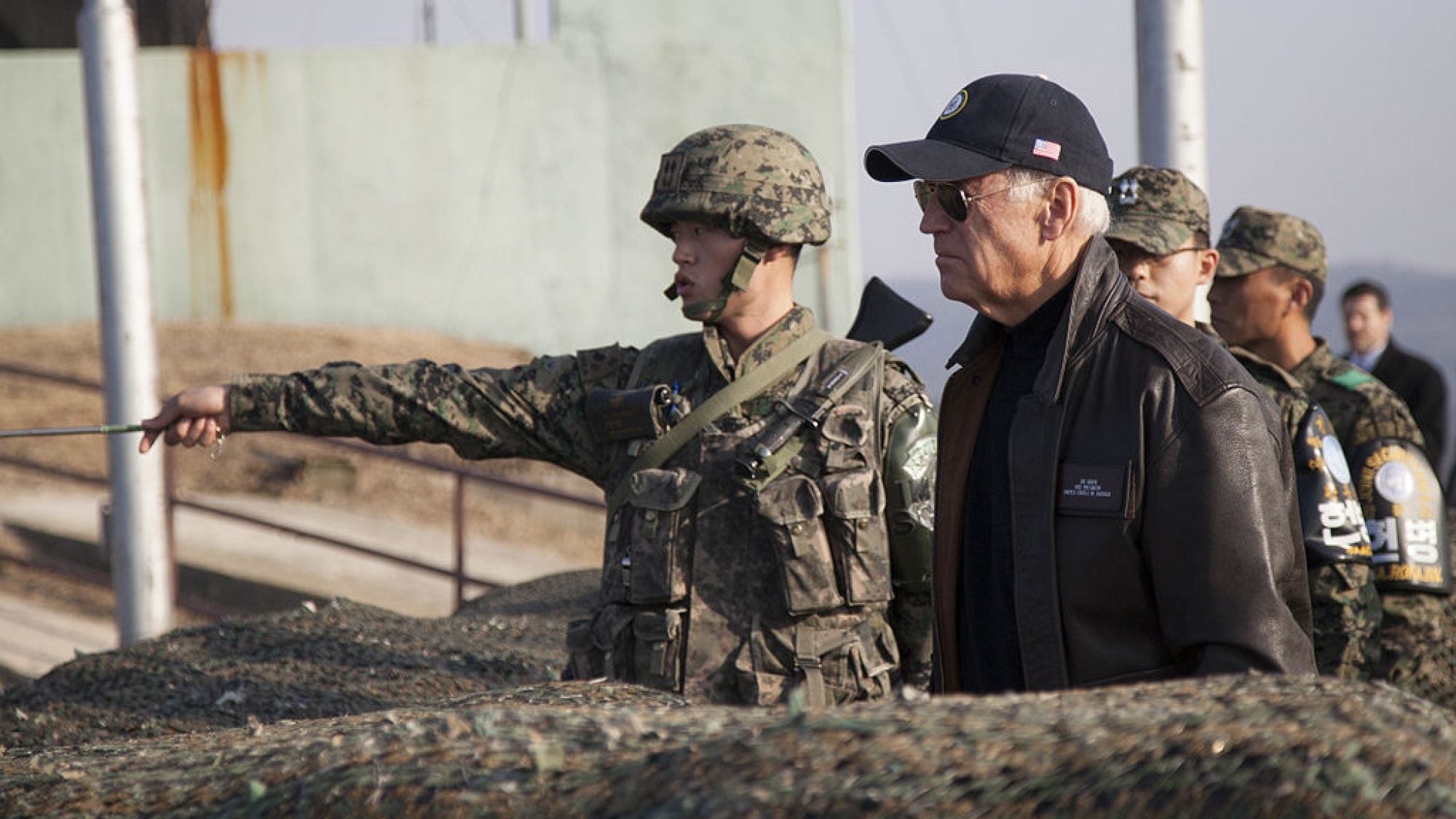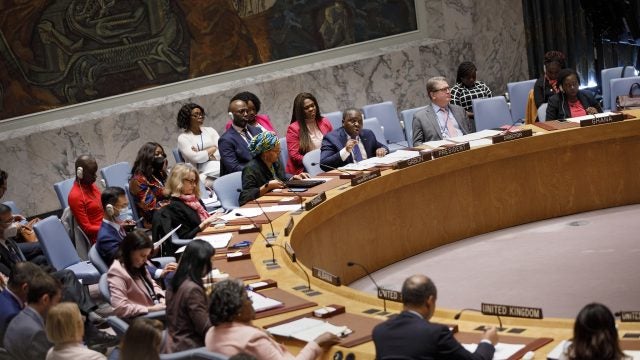
Title: How the United States Can Defuse the Korean Crisis Diplomatically
Two Fridays ago, both Seoul and Washington extended an olive branch to Kim Jŏng-ŭn. During Secretary of State John Kerry’s meeting with his South Korean counter-part, Yun Byung-se on April 12th, Secretary Kerry expressed his desire to “get to talks. Our preference would be, through these Six-Party or through bilateral means, [to] get to a place where we are talking about the real future.” As if to bear this out, Josh Rogin of Foreign Policy claims that as early as last month, Clifford Hart, the State Department’s special envoy, met up with the DPRK (Democratic People’s Republic of Korea) deputy ambassador to UN, Han Song-ryŏl, through what in diplomatic circles is known as the “New York channel.”
The Korea Central News Agency has, thus far, dismissed Park Geun-hye’s offer to negotiate as a “cunning gimmick” whose intention, it claims, is “to conceal [her] confrontational nature.” Nevertheless, it is worth noting that the DPRK has not launched its Musudan missiles nor mobilized its troops in preparation for war. What may explain this is the possibility that “North Korea right now seems to be weighing whether it’s more beneficial to restart talks with the U.S. or South Korea.”
Simply put, all is quiet on the Korean Front at least for now. Which leads one to ask, can both the United States and the Republic of Korea (ROK) work together through diplomatic channels to avert a catastrophic war? Despite the possibility that “any policy choices the United States makes will be fraught with difficulties,” I still believe that both the United States and the ROK can work together to avoid doomsday scenarios on the Korean Peninsula. According to a recent article written by Lt. Col. Roger Cavazos and Peter Hayes of the Nautilus Institute, although North Korea remains unpredictable still, “as late as March 16,” it “held open the possibility that it might abandon its nuclear weapons provided US nuclear threats and hostility are removed.”
Thus far, Secretary Kerry’s reactions to Kim Jŏng-ŭn’s defiance have oscillated between offers to negotiate with the young ruler and outrage at Kim’s demands. However, in the long-run, such inconsistent approaches may eventually backfire and may even derail any chance for reconciliation because they lead to miscommunication whereby parties involved are “not talking to each other but rather, past each other.”
The key to engaging Kim Jŏng-ŭn lies not in sanctions or in matching his threats with a show of force, but in dangling enough carrots to enable him to join the global community. Indeed, even though Michael O’Hanlon and Mike Mochizuki argue for tougher sanctions against the DPRK, they also believe that “Washington needs to signal a willingness to engage in a much broader discussion leading to a road map for a comprehensive deal.” Thus, in order to bring Kim Jŏng-ŭn to the negotiating table, the United States should cajole and flatter the young ruler. Doing so would ease tension in the region in addition to allowing Kim Jŏng-ŭn to save face as a sovereign ruler of his country. Cajoling and flattering Kim Jŏng-ŭn may entail accepting his offers to discuss arms reduction at first. In dealing with a petulant opponent, one should be careful not to make forceful demands, unless one wishes to exacerbate the existing tension. Indeed, the United States, together with China, Japan and the ROK, should discuss nuclear disarmament with Kim Jŏng-ŭn only after they have successfully calmed him down.
Also, once the United States and the ROK have successfully brought the DPRK to the negotiating table, it should consider revising its current joint conventional operational plans (OPLANs). According to Keir Lieber and Daryl Press, such revisions may be necessary “to dampen the risks of nuclear escalation if conventional war erupts.” I should also add that Kim Jŏng-ŭn may interpret this as a gesture of goodwill by the US-ROK alliance.
Ratcheting down tension by extending the olive branch to a petulant dictator is not a sign of weakness, but a pragmatic readjustment to uncertain geostrategic realities. Even as the United States and the ROK should seek peace with the DPRK, they should work together to strengthen their existing alliance to foster even greater strategic flexibility. Now that both countries face a common threat from the DPRK, bolstering the extant alliance will the message that they will not allow Kim Jŏng-ŭn to dictate terms for regional stability in East Asia.
I hope that there will come a day when all countries in East Asia—including DPRK— and the United States will peacefully coexist without fear of war. But for now, we must work hard to parlay that goal into reality by working with and not against the North Korean beast.
Image Credit: MC2 Chris Church, Public domain, via Wikimedia Commons
This is an archived article. While every effort is made to conserve hyperlinks and information, GJIA’s archived content sources online content between 2011 – 2019 which may no longer be accessible or correct.
More News

This article explores the uncertain future of Arctic governance amid shifting global geopolitics. It argues that whether Washington and Moscow opt for confrontation or cooperation, multilateralism in the Arctic…

Twenty-five years ago, the United Nations Security Council adopted Resolution 1325, establishing a framework that underpins the Women, Peace, and Security (WPS) Agenda. The Resolution recognized both the…

When we analyze conflicts in the Middle East, we are not analyzing conflicts with isolated impacts but risks for global energy security. Recent conflicts in the Middle East have highlighted…